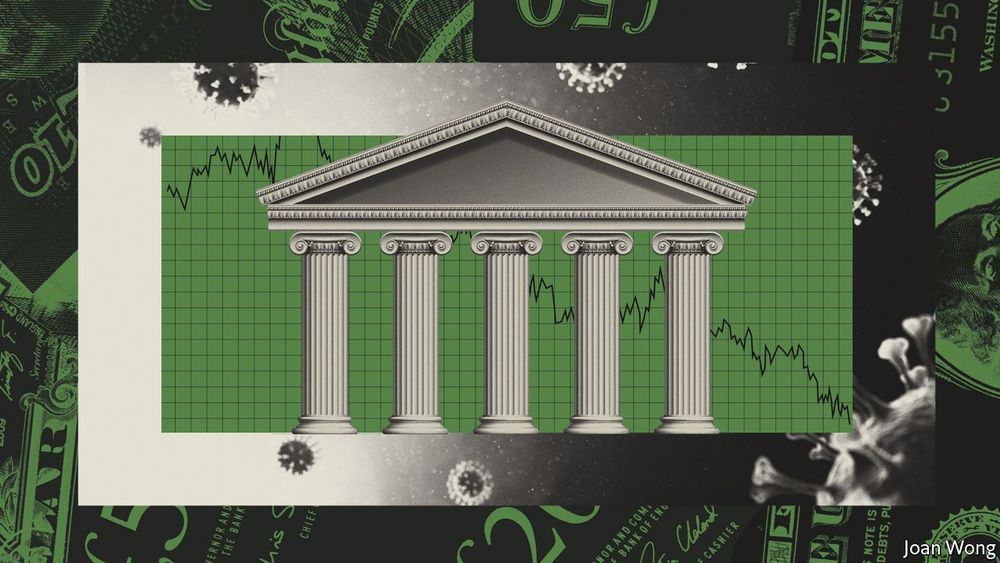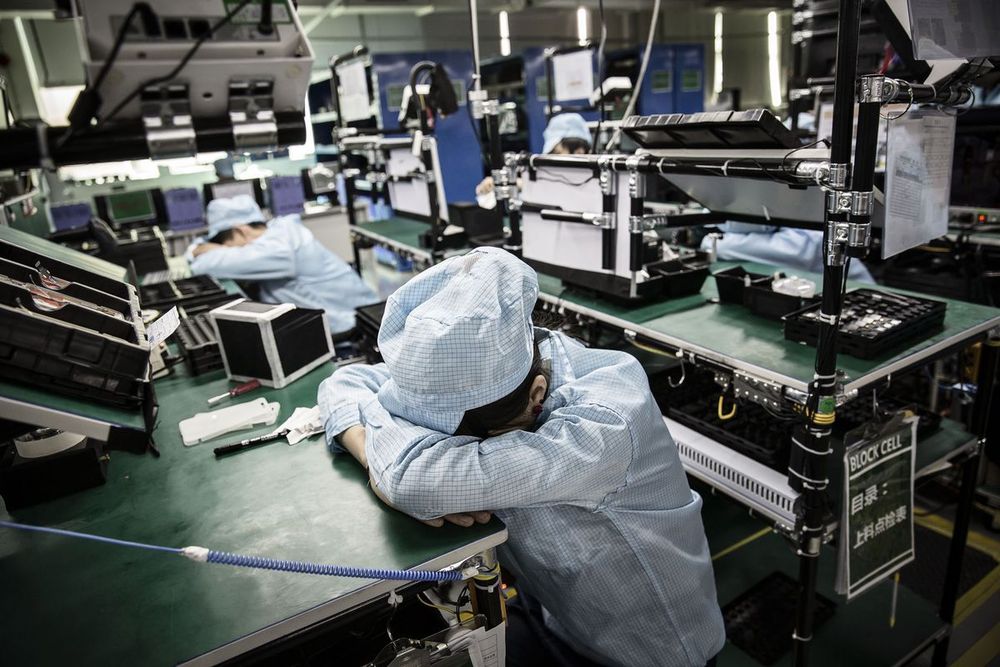History suggests that the effects will be permanent.


Dr. Derek Yach, Founder, President, and Board Member of The Foundation for a Smoke-Free World (FSFW), joined me on ideaXme (http://radioideaxme.com/) to discuss his group’s work in the core areas of Agriculture and Livelihoods, Industry Transformation, and Health, Science, and Technology (Disclosure — FSFW is funded ~$US1 Billion by Philip Morris International, but take a listen to full story…) — #Ideaxme #Smoking #Vaping #Tobacco #Cessation #AlternativeUses #HarmReduction #WHO #CDC #Health #Wellness #Longevity #Biotechnology #LifeExtension #Aging #IraPastor #Bioquark #Regenerage World Health Organization (WHO) CDC CDC Global United Nations Philip Morris International.
Ira Pastor, ideaXme life sciences ambassador and founder of Bioquark, interviews Dr. Derek Yach, founder, president, and board member of The Foundation for a Smoke-Free World, and passionate advocate for health promotion and disease prevention. Dr Yach’s objective is to end smoking in this generation. We investigated to see how that might be achieved.
Disclosure: The Foundation for a Smoke-Free World has received its initial funding pledge of $80 million USD annually for 12 years, beginning in 2018 from Philip Morris International (PMI) — The Foundation has a nonprofit status as a US 501c3 organization, and by law and policy must operate completely independently from PMI, and cannot engage in activities designed to support PMI’s interests. Further, PMI can have no involvement or say in their work.
Ira Pastor Comments:
The World Health Organization (WHO) estimates that we currently have over 1.1 billion smokers on earth, and that tobacco kills more than 8 million people each year. More than 7 million of those deaths are the result of direct tobacco use while around 1.2 million are the result of non-smokers being exposed to second-hand smoke.

Mathematicians from the California Institute of Technology have solved an old problem related to a mathematical process called a random walk.
The team, which also worked with a colleague from Israel’s Ben-Gurion University, solved the problem in a rush after having a realization one evening. Lead author Omer Tamuz studies both economics and mathematics, using probability theory and ergodic theory as the link—a progressive and blended approach that this year’s Abel Prize-winning mathematicians helped to trailblaze.

Are we in for the Big Short II? The cyclical nature of markets spells an eventual collapse of the real estate prices in the U.S. following the next global stock market meltdown and global recession which will be drastically different the next time around. For one, the coming collapse is about to start a secular declining trend in property values. Secondly, after the collapse, the prices of properties won’t be able to recover like they did after the previous “property market corrections.”
Why? I hope we all may agree that oil, for example, will never recover to all-time highs. Similar premises hold true for the existing home values. There are multiple major socio-economic structural changes on the horizon contributing to this permanent decline which is in the cards right now. Also, many conventional linear projections won’t even apply anymore.
THE NEXT “CYCLICAL” GLOBAL RECESSION — the world’s stock markets are the best indication of things to come in the economic milieu. The next financially engineered global recession may be the last effort by the capital-controlling elite of Wall Street to keep political and economic control over the global population and maintain the faltering capitalist system as long as possible;

The President says we are at war with the coronavirus. It’s a war we should fight to win.
The economy is in the tank, and anywhere from thousands to more than a million American lives are in jeopardy. Most analyses of options and trade-offs assume that both the pandemic and the economic setback must play out over a period of many months for the pandemic and even longer for economic recovery. However, as the economists would say, there is a dominant option, one that simultaneously limits fatalities and gets the economy cranking again in a sustainable way.
That choice begins with a forceful, focused campaign to eradicate Covid-19 in the United States. The aim is not to flatten the curve; the goal is to crush the curve. China did this in Wuhan. We can do it across this country in 10 weeks.
What is Universal Basic Income (UBI) and how could it help us deal with the coronavirus outbreak? What if… we gave people free money?
The idea of a basic income is that everybody would receive a modest amount paid each week or each month without conditions, paid equally to every man and every woman with a smaller amount to pay for every child.
Advocates for Universal Basic such as Guy Standing, co-founder of the Basic Income Earth Network, argue that it would be the ideal response to the crisis, but that it would also bring huge long term benefits, which he explains in this video.
This video was produced as part of Digital Society, a publishing partnership between WIRED and Vontobel where all content is editorially independent. Visit Vontobel Impact for more stories on how technology is shaping the future of society: https://www.vontobel.com/en-int/about-vontobel/impact/

Can we build a better world with the lessons learned around this pandemic?
There is discussion that globalism will give way to community resilience and local digital manufacture, storage and transportation to provide abundant resources for normal and unanticipated needs.
#CommunityResilience #CommunityResourceCentres
We must pressure our leaders to take the long view in any coronavirus economic recovery package, even if this feels like a short-term emergency.

Quantum computers will revolutionize information technology, ushering in an era where certain types of calculations will be performed with almost unimaginable speed. Practical applications will include healthcare disciplines such as molecular biology and drug discovery; big data mining; financial services such as portfolio analysis and fraud detection; and artificial intelligence and machine learning.
The federal government is helping to create an environment in which quantum computing innovation and experimentation can flourish. The National Quantum Initiative Act puts $1.2 billion into the quantum research budgets of the Energy Department, the National Institute of Standards and Technology, NASA and the National Science Foundation. The law also outlines a 10-year plan to accelerate the development of quantum information science and technology applications.
Meanwhile, The White House’s Office of Science and Technology Policy is working to ensure that economic growth opportunities and opportunities for improving the world are baked into quantum policies and systems.
We must remember our values and life will always hold more value than money and or corporate profits.
I have seen a number of posts and comments from Transhumanists putting economy over lives during this COVID-19 Pandemic.
This mentality is not who we are. We hold life as the highest endeavour and it is to be fought for to the bitter end. We do not bow to the Economic Elitists because the costs are too high. I am going to point out some of the finer points from Zero State, a group that existed some time ago that gave birth to a vast number of Transhumanist leaders of today.

Want to receive this post in your inbox every day? Sign up for the Supply Lines newsletter, and follow Bloomberg Economics on Twitter for more.
Three years ago, manufacturing gadgets in China was a given. That’s changed fundamentally in the era of trade wars and coronavirus.
Under the new reality, the world’s electronics makers are actively seeking ways to diversify their supply chains and reduce their dependence on any single country, no matter how attractive.